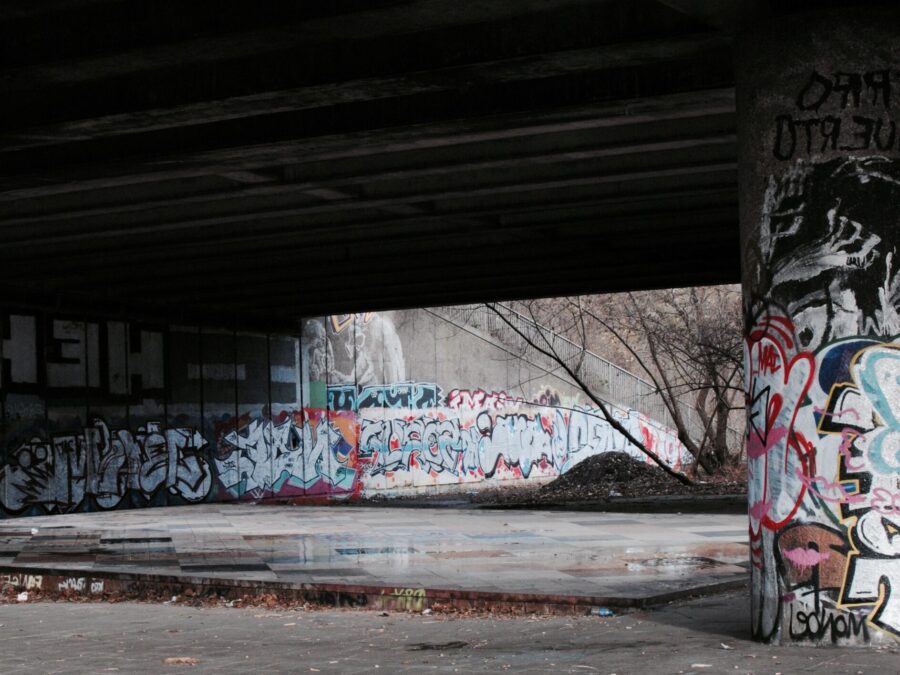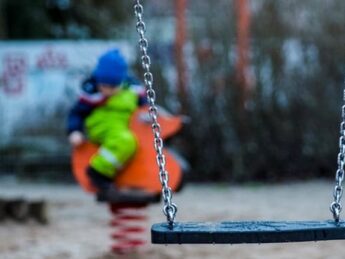
Challenge
There is no updated knowledge about the Danish population’s perception and attitude towards rockers and gangs across Denmark in general and especially the areas in Denmark that have socioeconomic disadvantages. The Danish Crime Prevention Council wants to furtherance a safe environment across Denmark. One of their main focuses is to prevent rockers and gangs from committing crime. Therefore, The Danish Crime Prevention Council wishes to secure updated knowledge about citizens’ perception of rockers and gangs and what consequences it can have on citizens feeling of safety and attitudes on crime when citizens experience rockers and gangs in their local area. There is an overlap between areas with socioeconomic disadvantages and where rockers and gangs are typically met by citizens. The main challenge measuring the impact on citizens perceived safety is therefore to sort out which effects stem from the socioeconomic composition of the areas and which stem from the experience of rockers and gangs the the areas.
Approach
The study was based on a large quantitative data collection based on electronic and physical postal survey followed up by telephonic interviews in both Denmark in general and all areas characterized as “an areas with a socioeconomic disadvantage” by official institutions. In total, more than 10.000 interviews were conducted and approx. 3,000 interviews in areas with a socioeconomic disadvantage. Epinion enriched the survey data with data including area composition from Statistics Denmark to make sure we could separate individual effects from area effects.
Resolution
Epinion’s analysis provided The Danish Crime Prevention Council with updated and statistically robust data. The data included how citizens in Denmark in general, and in areas with socioeconomic disadvantages especially, perceive rockers and gangs and the effects on feeling of safety in the local area, behavioral changes it causes and effects on citizens’ attitudes on punishment and resocializations efforts. The analysis showed that some attitudes indeed are related to the experienced presence of rockers and gangs in an area, whereas other attitudes are better explained by citizens’ individual demographic characteristics.





